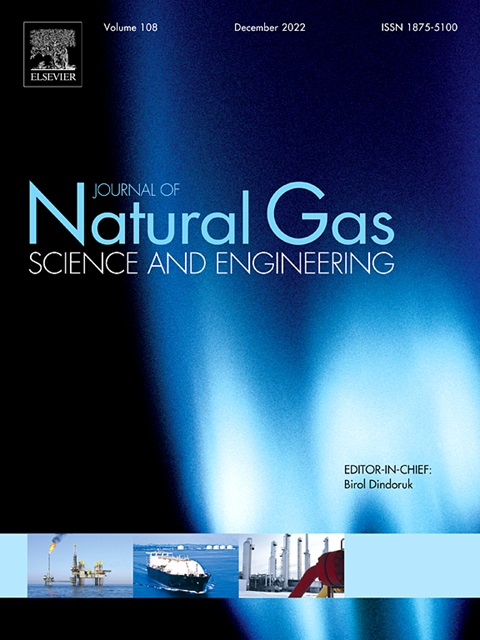Proppant distribution and sedimentary area spacing are crucial factors that influence fracture closure, and they directly impact the efficiency and effective utilisation time of unconventional oil and gas. However, the fracture surface roughness of actual hydraulic fractures and the development of microfractures significantly impact proppant transport. Few proppant transport laws for hydraulic fractures under true-triaxial stresses have been proposed. In this study, the effects of fluid and proppant properties on proppant transport and distribution in horizontal coal hydraulic fractures were investigated using a true-triaxial hydraulic fracturing experimental system subjected to high-pressure sand injection. The results show that high-injection-rate fracturing and low-injection-rate sand injection facilitate proppant transport to fracture tip and increase the distribution area of the proppant in fractures. The high viscosity of sand-carrying fluid improves the carrying capacity of the proppant but also increases the transport resistance. The resistance and the buoyancy of the high-viscosity fluid make the proppant transport complex. The higher the proppant concentration, the larger the proppant settlement at the crack entrance, and the closer the proppant-transport distance. During multiple sand injections, the proppant injected previously is pressed into the coal seam under the closure stress. The stress required to migrate the proppant injected subsequently is higher, and the proppant settlement at the crack inlet is larger. The smaller the proppant particle size, the easier the proppant penetrates the microcracks; this is more conducive to reaching the crack tip and promoting the fracture network development.


